Summary
- Closed-back headphones offer passive noise isolation, less sound leakage, and punchier bass than open-back designs.
- Open-back headphones provide a wide soundstage for a natural, airy sound, but they leak a lot of sound.
- Closed-back headphones are ideal for noisy environments, while open-back headphones are ideal for home use.
When shopping for a new pair of headphones, one of the most important choices you’ll make is whether to go with an open-back or closed-back design. This key difference greatly affects how your headphones sound and feel. So, which type is right for you?
What Are Closed-Back Headphones?
Closed-back headphones have a completely closed design on the back (outer) side of the earcups (housing). You can recognize them immediately because, unlike the perforated design of open-back headphones, these headphones are fully enclosed.
Air (and sound) can’t pass through the sealed outer shell of these earcups, effectively trapping the sound inside. Closed-back designs are common in over-ear headphones and are almost standard in on-ear and in-ear styles.
Some examples of closed-back headphones include the Audio-Technica ATH-M50x, Sony WH-1000XM5, HIFIMAN SUNDARA, and the majority of gaming headsets, like my SteelSeries Arctis Nova Pro Wireless.
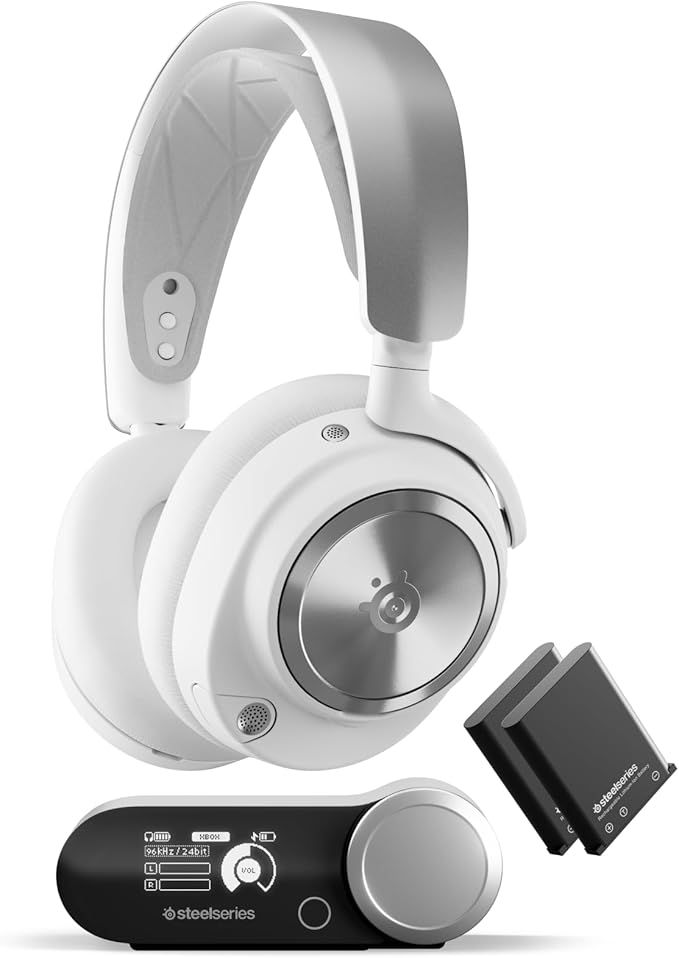
SteelSeries Arctis Nova Pro Wireless Gaming Headset
The SteelSeries Arctis Nova Pro Wireless Gaming Headset is a high-end headset for PC, PlayStation, and Xbox gamers. It’s a feature-packed product that comes with an unlimited dual-battery system and a 2.4GHz receiver with an OLED screen, numerous EQ presets for different games, and Bluetooth connectivity that can be used simultaneously with the 2.4GHz receiver.
The benefit of this closed design is the passive noise isolation it provides, allowing you to shut out the outside world completely. It also leaks less sound outside the earcups, so it won’t bother people near you. Note that passive noise isolation is different from active noise cancellation (ANC).
While not a strict rule, closed-back designs are often paired with leather or synthetic leather earpads, as these materials offer better sound isolation than something like velour. A notable exception is the Beyerdynamic DT 770 PRO headphones, which famously use velour earpads for improved all-day comfort and a premium feel.
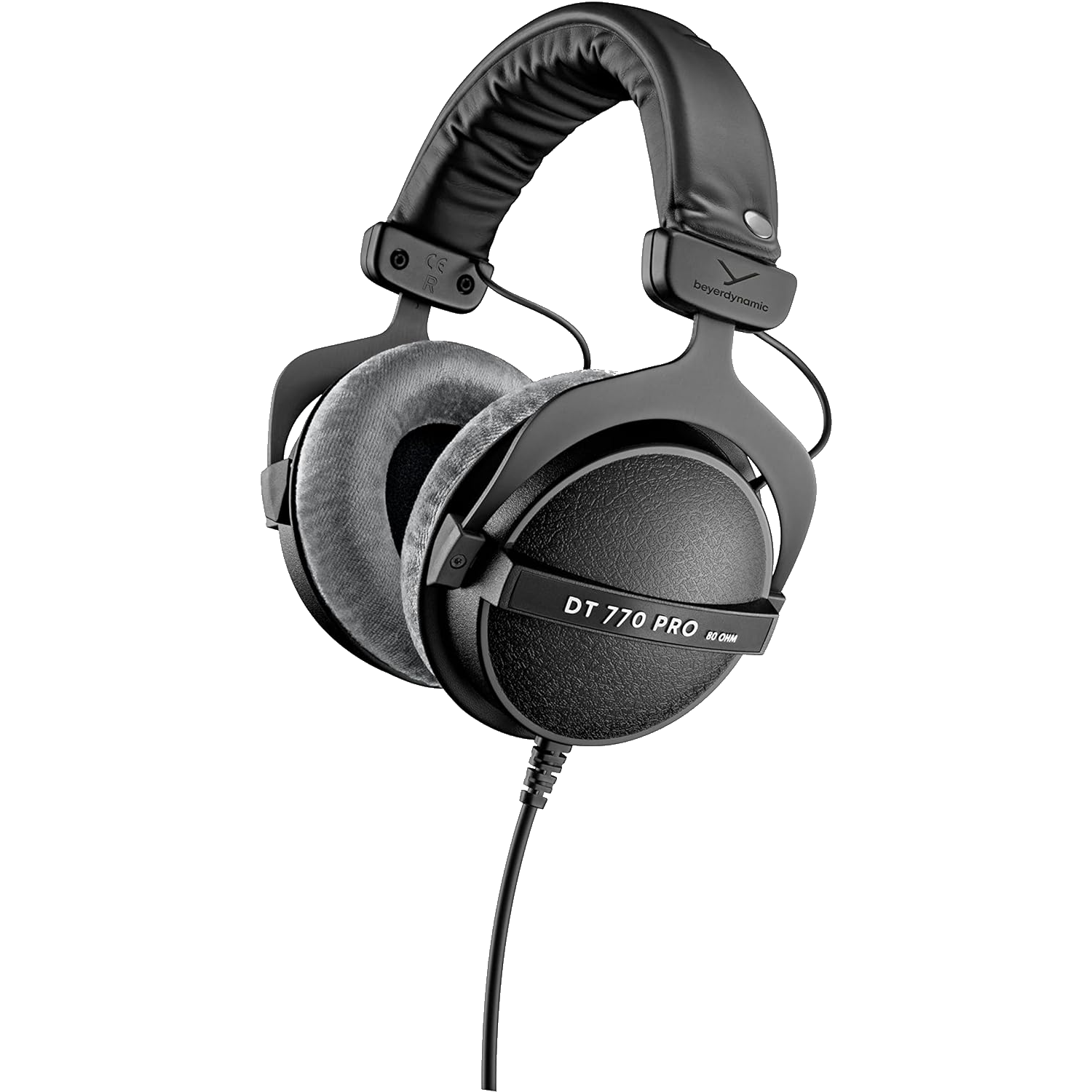
Beyerdynamic DT 770 PRO Headphones
This affordable pair of studio headphones promises a neutral sound to pick up any odd glitches in the audio while mixing tracks and studio monitoring.
In terms of sound, a major benefit of the closed-back design is that it can deliver significantly punchier bass. The interior of the earcups effectively forms an acoustic chamber that helps enhance lower frequencies.
Closed-back headphones are well-suited for most environments and use cases, especially when you’re surrounded by others. Whether you need headphones for music or gaming at your desk, for DJing and live performances, during your daily commute, or in the office, they’re an excellent choice if you love to fully immerse yourself in the music, movie, or video game you’re enjoying.
What Are Open-Back Headphones?
Open-back headphones feature a design where the earcups are not sealed on the outside. Instead, they use a perforated or mesh outer shell that allows air and sound to move freely between your ears and your surroundings. Think of them like having a pair of speakers positioned just a few inches from your head.
Some examples of open-back headphones are the Philips SHP9600, Sennheiser HD 600, beyerdynamic DT 990 PRO, and my Sennheiser HD 599, which are some of the best entry-level audiophile headphones on the market.
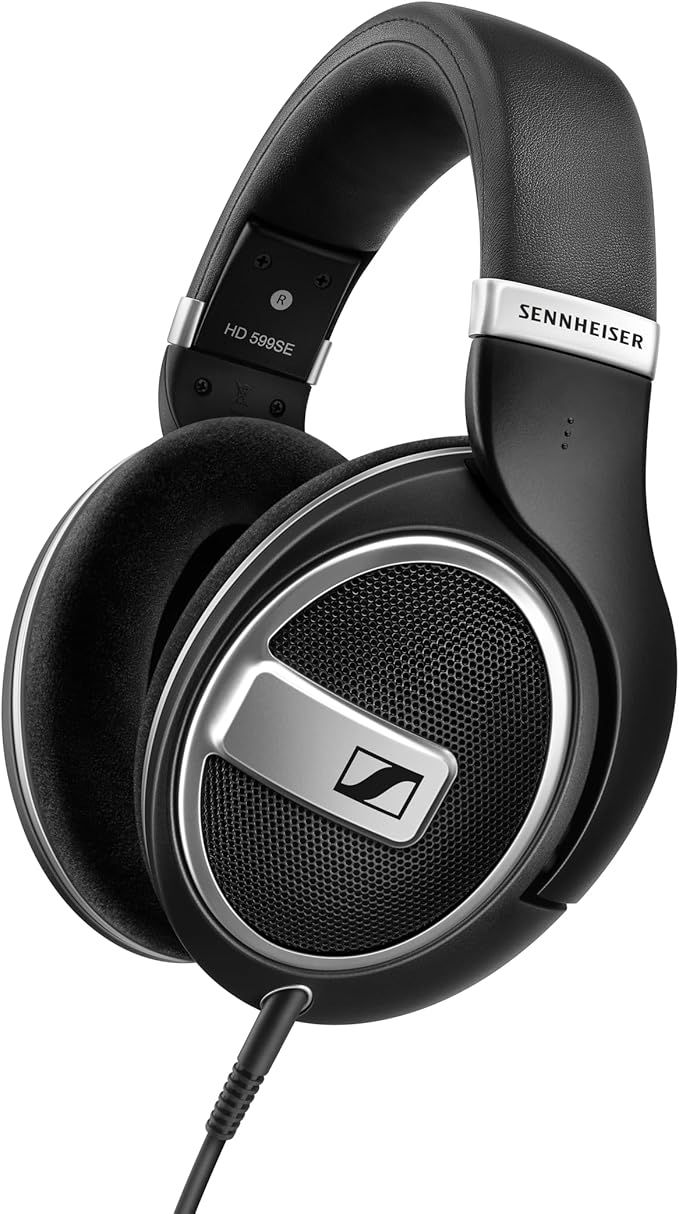
Sennheiser HD 599 SE
The Sennheiser HD 599 SE are premium open-back headphones. Their spacious soundstage and balanced sound profile, combined with a solid and comfortable build, make them ideal for hours of uninterrupted and enjoyable music listening.
If you’re into gaming headsets, your options will be limited, but there are a few open-back units, like the Audio-Technica ATH-GDL3WH and Drop + EPOS PC38X. On-ear open-back headphones are an anomaly, but they do exist, with the Grado SR60x being a good example. Earbuds can be semi-open if they have vent holes, like the standard Apple AirPods, or feature a specialized open design like the SHOKZ New OpenFit 2.
The benefit of the open-back headphones lies in their wide soundstage. They deliver a more natural, almost “airy” sound quality.
Unlike closed-back headphones, which create a more enclosed sound in your head, open-back headphones produce a sound that’s closer to a live performance. Open-back headphones are often paired with soft, breathable earpads like velour and cloth, which further enhance their open sound signature.
Due to their natural and accurate sound, open-back headphones are often used by professional musicians in studios. They’re also ideal for movies, gaming, and focused music listening. You can distinctly hear instruments like bass and drums coming from the front, with guitars and synths coming from the sides, thanks to the “sound panning” that’s done during the mixing stage of a song.

Related
How to Become an Audiophile
Audiophiles are made, not born.
The only caveat is that open-back headphones leak a lot of sound. Remember my speaker-strapped-to-head analogy? That’s exactly how they sound—not just to you, but to everyone around you. You’ll hear them more loudly because the drivers are right next to your ears, but they’ll also be loud to those nearby.
While you could technically wear open-back headphones in public, I wouldn’t recommend it. The sound leakage can bother those around you during your commute or at the office, and you won’t be able to block out outside noise either.
Another characteristic/potential drawback of open-back headphones is that they can’t deliver a growly, deep bass. Bass requires air movement to create a “rumbling” sensation, but since sound can escape freely through the back and earpads, the bass is often weaker. I personally enjoy this more accurate, less overwhelming bass sound, but it’s not for everyone.
Should You Get Open- Or Closed-Back Headphones?
While the sound characteristics of each headphone type are important, your decision should be based on how you intend to use them. If you need sophisticated, well-balanced headphones for a variety of applications in your home or private office, open-back headphones are an excellent choice (ideally a wired model).

Related
The Best Open-Back Headphones of 2025
When you want that wide, natural sound stage.
Their balanced sound ensures comfort for extended listening sessions, as the bass and overall sound pressure won’t cause fatigue.
Interestingly, while most gaming headsets are closed-back, I find that open-back headphones can offer more accurate spatial sound, which can help you detect footsteps. That said, the difference is marginal, so don’t purchase open-back headphones if that’s your only reason.
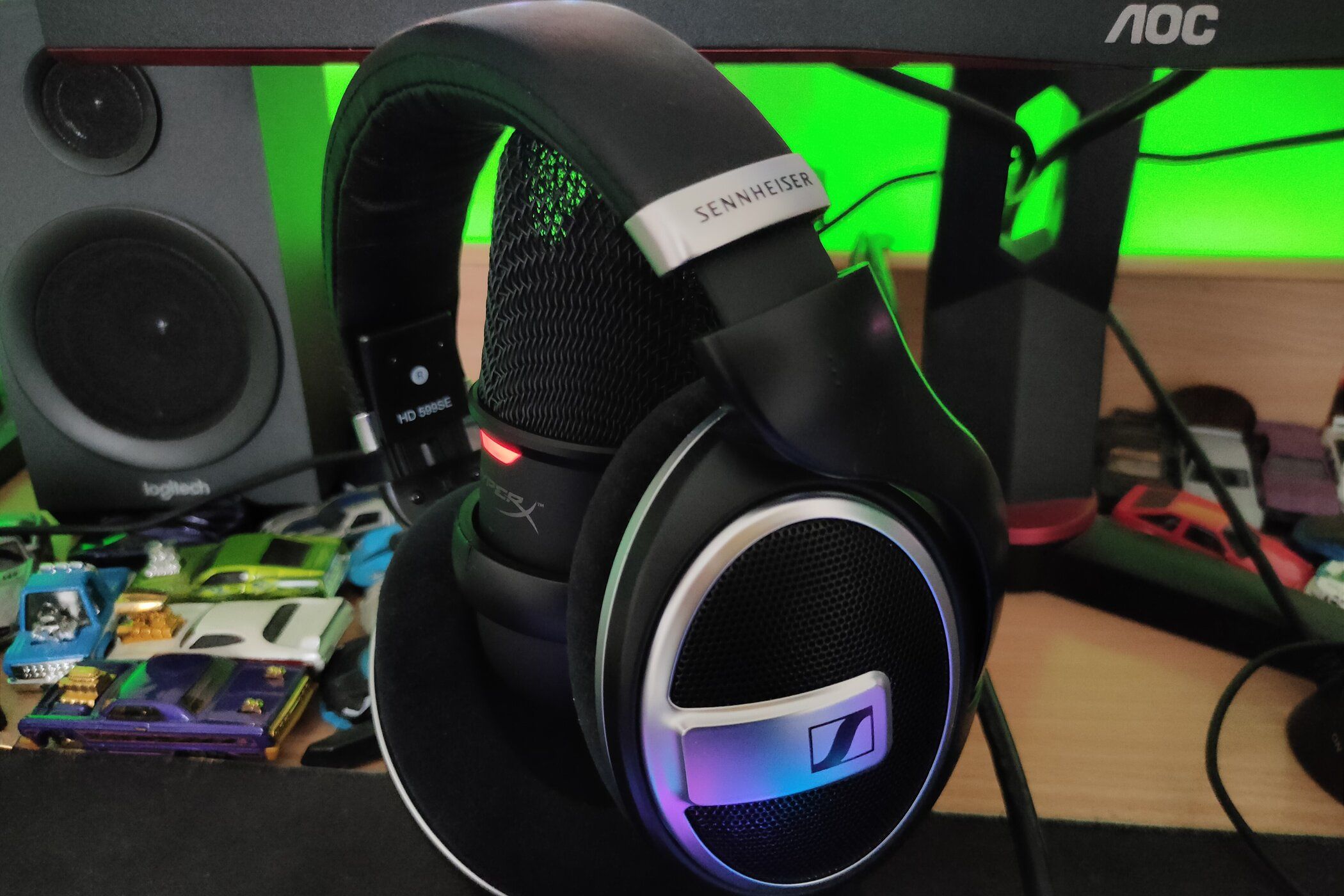
Related
Don’t Buy a Gaming Headset, Buy Headphones and a Mic
While gaming headsets undoubtedly make you look good, they don’t always sound good.
If you travel frequently, work in a noisy environment, or simply need headphones that block outside noise, a closed-back unit is a better fit. They won’t leak sound, so you won’t disturb those around you, making them ideal for use in public or shared spaces. Depending on your preferences, you can choose between wired or wireless, with or without ANC. Plus, if you’re a bass head, closed-back headphones are a much better option.
Both open- and closed-back headphones have their own set of strengths and drawbacks. Open-back headphones deliver a more natural, expansive sound but come with the downside of significant sound leakage. Closed-back headphones excel in providing sound isolation, making them ideal for public spaces, but they may not offer the same level of audio clarity or openness as their open-back counterparts.
I highly recommend testing both types before committing to a purchase, whether in a store or through a friend’s headphones. Even better, consider investing in both types. I constantly switch between my open-back, closed-back, and in-ear headphones, as each offers a completely unique listening experience. Having even five pairs of headphones isn’t excessive if each one serves a different purpose.


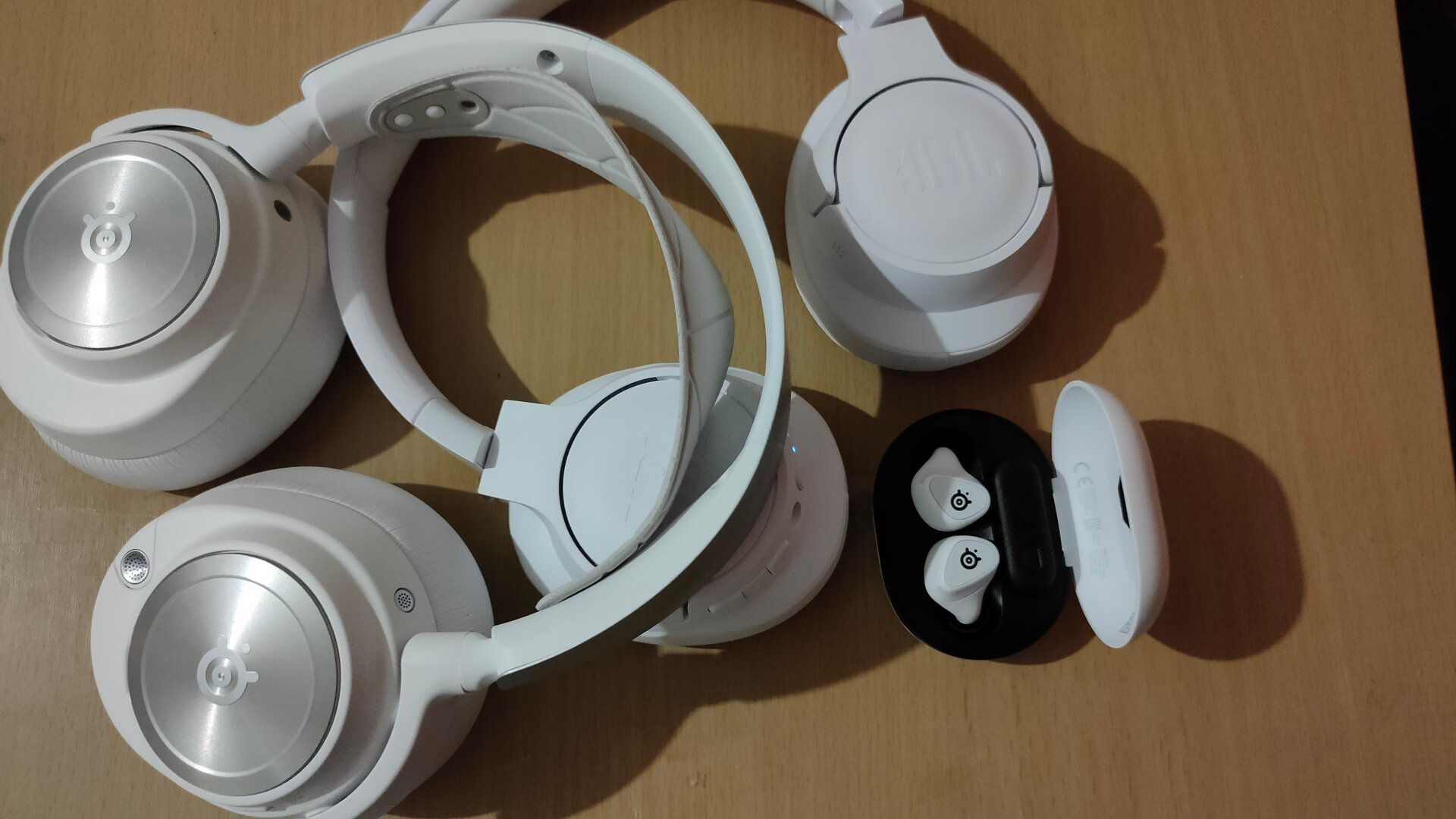
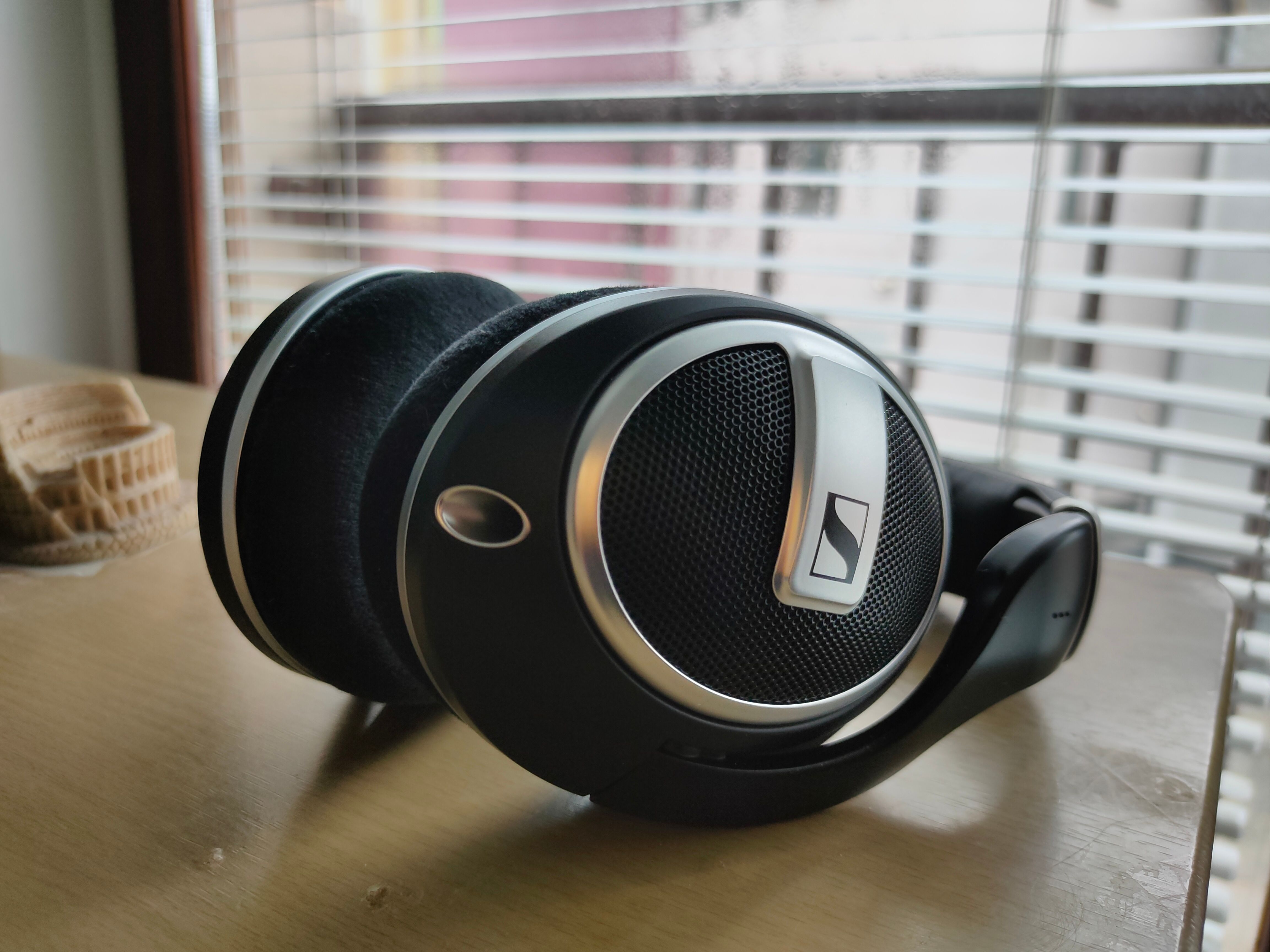






Leave a Comment
Your email address will not be published. Required fields are marked *